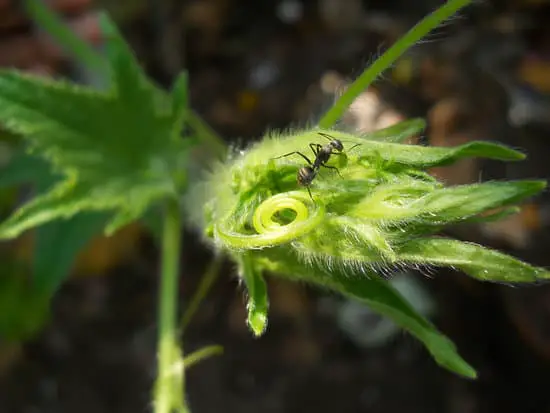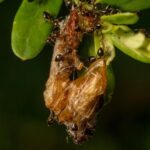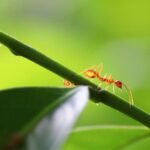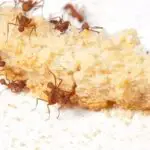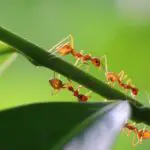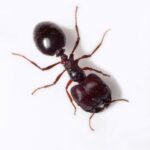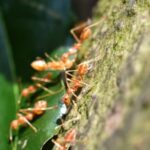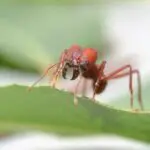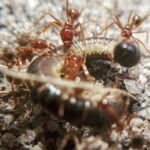Why Are Green Ants Green?
Unlike the metallic pony ants which are the most common name for green ants, Australian green ants are not metallic. Their metallic sheen varies from green/blue to green/purple.
The metallic sheen helps them camouflage and disguises them from intruders. However, in the event of a bite, the metallic sheen can trigger an allergic reaction in some people. This can cause swelling and anaphylactic shock. If the bite is severe, seek medical attention immediately.
The Australian green ant is considered to be a biological control agent that helps reduce insect populations on trees. Their nests are complex, and hundreds of ants work together to build the nest. The nests can be large or small, and some colonies can build a larger nest in just a few days.
These insects are also called weaver ants, because of the way they build their nests. They construct a dangling chain, and other ants walk across it. They can also perform feats of acrobatics. The weaver ant can live in enormous colonies, with up to 500,000 individuals.
Green ants have been commercialised by some food companies. However, their nutritional profile has not been studied. The mineral composition of Australian green ants is similar to that of green ants from India. They have variable antioxidant and antimicrobial properties. However, more studies are needed to determine toxins and allergens in these insects.
The antioxidant capacity of green ants is comparable to that of other edible insects. They have higher antioxidant activity when the ants are taken whole. However, they showed lower antioxidant activity when extracted with water. This may be due to the high concentration of water insoluble compounds.
